“Beatriz Vidal Biography.” Beatriz Vidal.com. Retrieved December 10, 2014.
- Available at: http://www.beatrizvidal.com/bio.html
Callahan, Ashley. 2003. Enchanting Modern: Ilonka Karasz. Athens, GA: (University of) Georgia Museum of Art.
“Federico and the Magi’s Gift: A Latin American Christmas Story by Beatriz Vidal.” Starwalk Kids.com. Great Neck, NY: StarWalk Kids Media, Seymour Science LLC. Retrieved December 10, 2014.
- Available at: http://starwalkkids.com/starwalkkids-books/products/1-books/10373-federico-and-the-magi-s-gift.html
“Ilonka Karasz.” All Posters.com: Art > Artists > Artists by Name > K. Los Angeles, California. Retrieved December 10, 2014.
- Available at: http://www.allposters.com/-st/Ilonka-Karasz-Posters_c146854_.htm
“Ilonka Karasz.” Art.com Inc.: Gallery > Short > Artists. Retrieved December 10, 2014.
- Available at: http://www.art.com/gallery/id--a420211/ilonka-karasz-posters.htm
“Ilonka Karasz Biography.” The Annex Galleries: Artists > Biographies. Santa Rosa, California. Retrieved December 10, 2014.
- Available at: http://www.annexgalleries.com/artists/biography/1196/Karasz/Ilonka
“The Ilonka Karasz New Yorker Covers.” Condé Nast Store.com: Magazines > The New Yorker > New Yorker Covers > New Yorker Covers Artists. Retrieved December 10, 2014.
- Available at: http://www.condenaststore.com/-st/Ilonka-Karasz-New-Yorker-Covers-Prints_c147260_.htm
“Lamelle (designed ca. 1934 by Ilonka Karasz).” The Metropolitan Museum of Art: Collection > The Collection Online > Search the Collection. Retrieved December 10, 2014.
- Available at: http://www.metmuseum.org/collection/the-collection-online/search/482641
Maxwell, William. 1946. The Heavenly Tenants. Pictures by Ilonka Karasz. New York, NY; and London, England: Harper & Brothers.
McGinley, Phyllis. 1958. Merry Christmas, Happy New Year. Decorations by Ilonka Karasz. New York, NY: Viking Press.
“Mr. Nyland.” Nyland Group.org: Presidio Gurdjieff Group, Tucson > Pages > More about Nyland. Tucson, Arizona. Retrieved December 10, 2014.
- Available at: http://nylandgroup.org/pages/moreaboutnyland.html
Wood, Clement. 1929. The Outline of Man’s Knowledge: The Story of History, Science, Literature, Art, Religion, Philosophy. Decorations by Louis Bromberg. Maps by Ilonka Karasz. New York, NY: Lewis Copeland Company.
Vidal, Beatriz. 2004. Federico and the Magi's Gift: A Latin American Christmas Story. New York, NY: Alfred A. Knopf Borzoi Book.


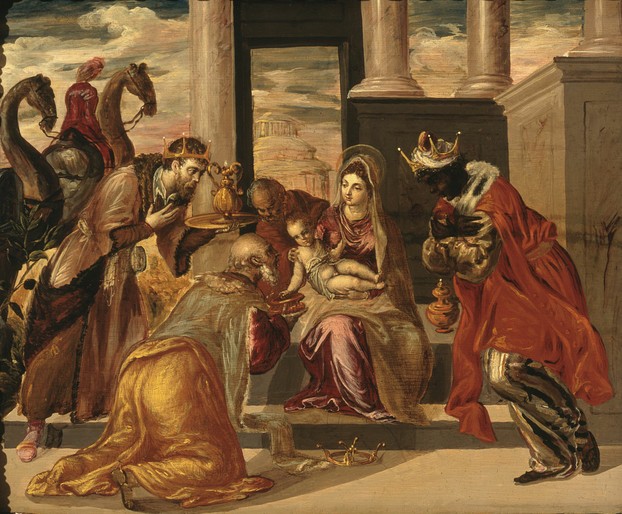

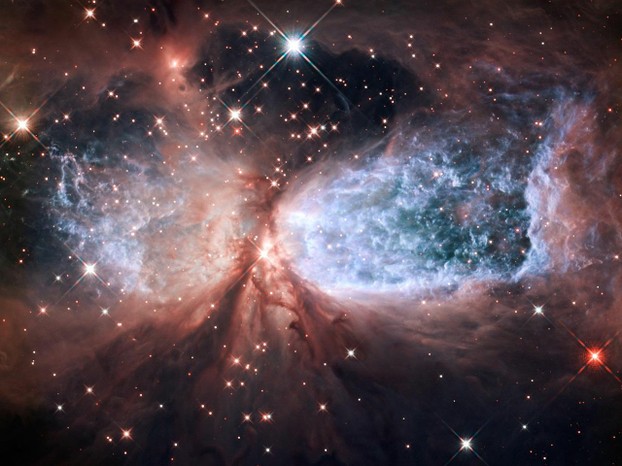
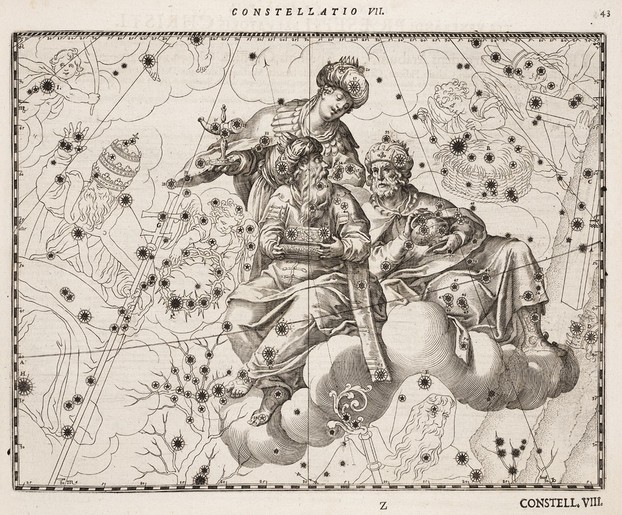
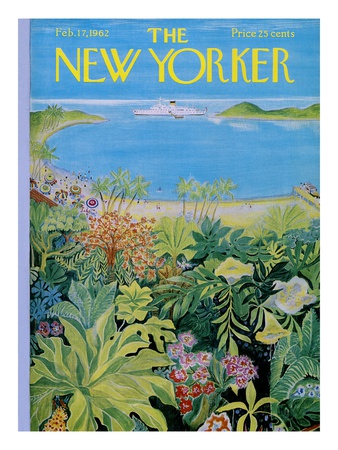
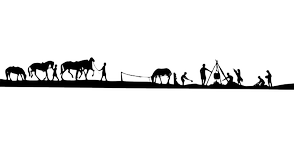

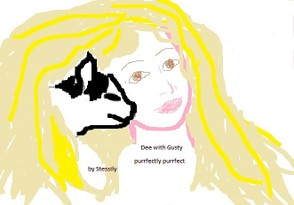
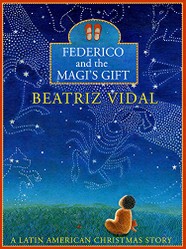

 Are Hawaiian Huakai Po Nightmarchers Avenging Halloween Thursday?on 10/02/2024
Are Hawaiian Huakai Po Nightmarchers Avenging Halloween Thursday?on 10/02/2024
 Mailing Addresses for 2023 Form 4868 Extending 1040 and 1040SR April 15, 2024, Due Dateon 04/15/2024
Mailing Addresses for 2023 Form 4868 Extending 1040 and 1040SR April 15, 2024, Due Dateon 04/15/2024
 Mailing Addresses for 2023 Forms 1040 and 1040SR Filed in 2024on 04/15/2024
Mailing Addresses for 2023 Forms 1040 and 1040SR Filed in 2024on 04/15/2024
 Mailing Addresses for 2022 Form 4868 Extending 1040 and 1040SR April 18, 2023, Due Dateon 04/13/2023
Mailing Addresses for 2022 Form 4868 Extending 1040 and 1040SR April 18, 2023, Due Dateon 04/13/2023

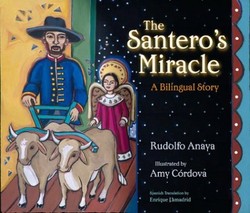
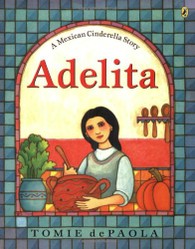
Comments